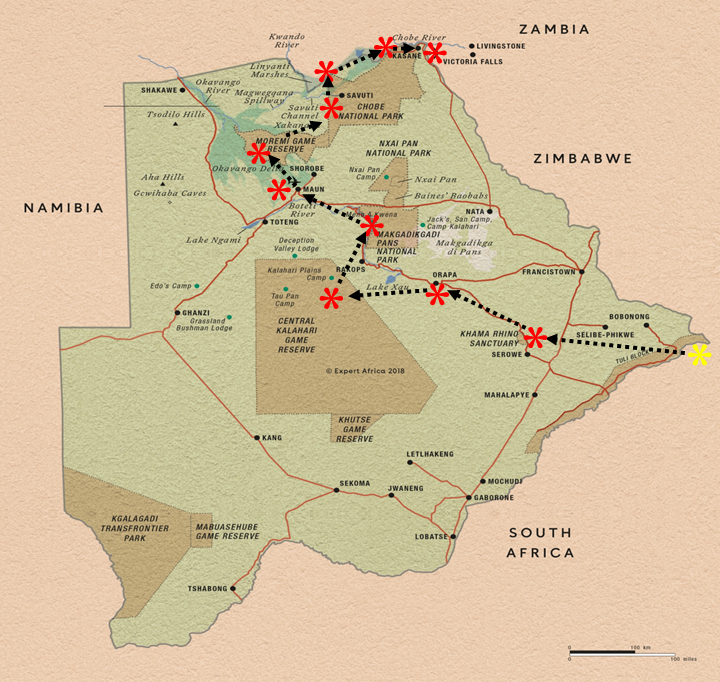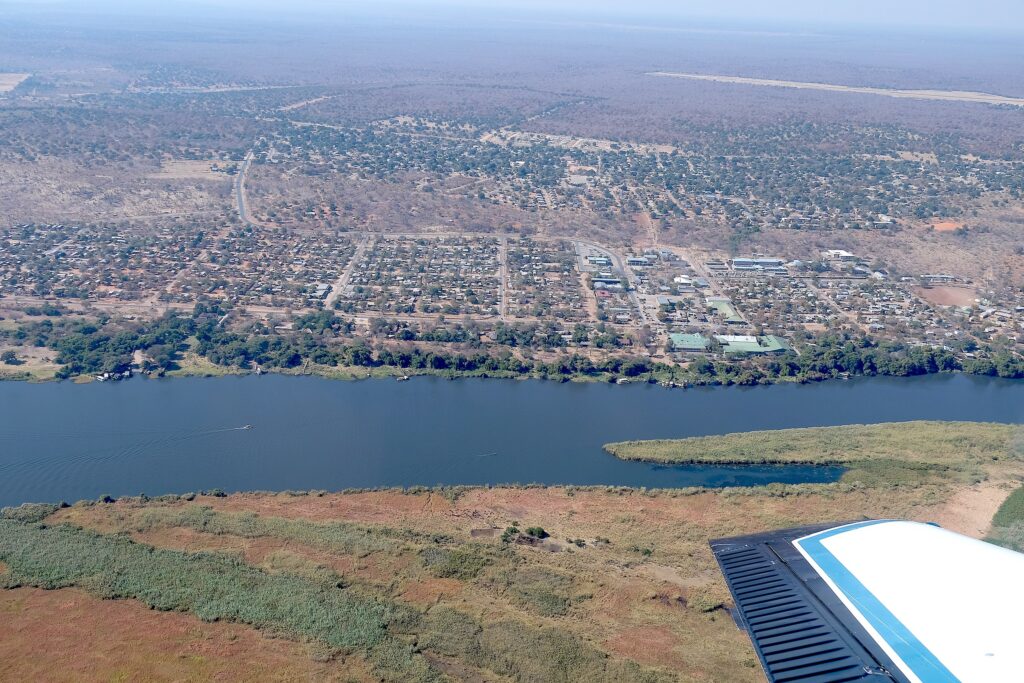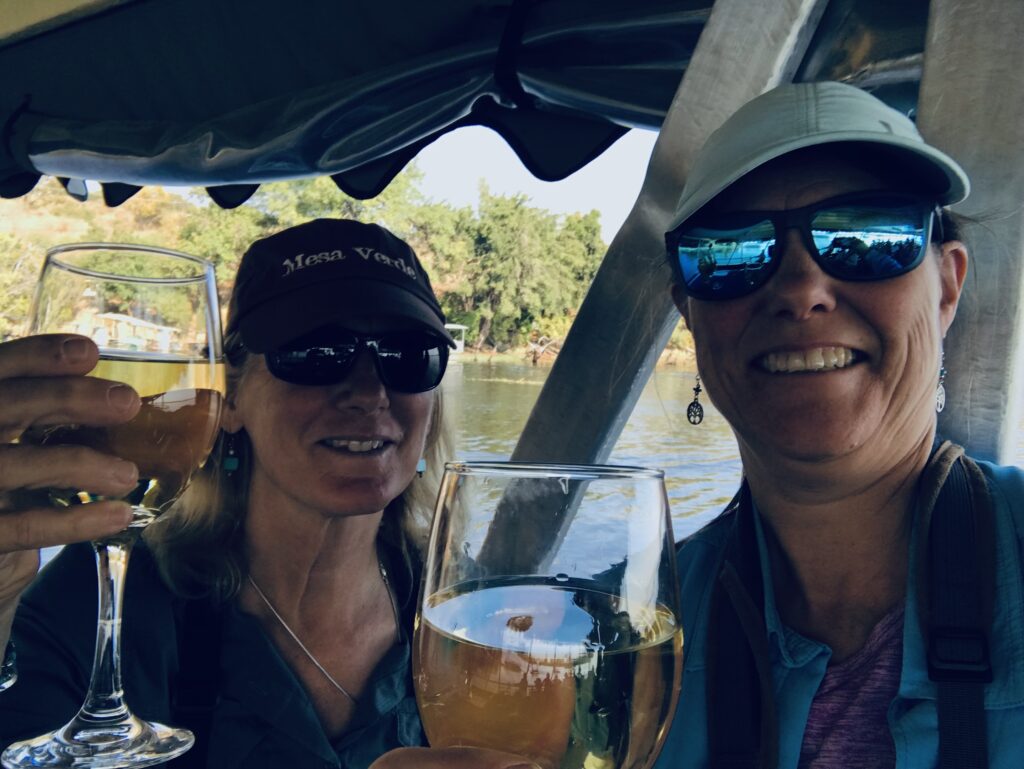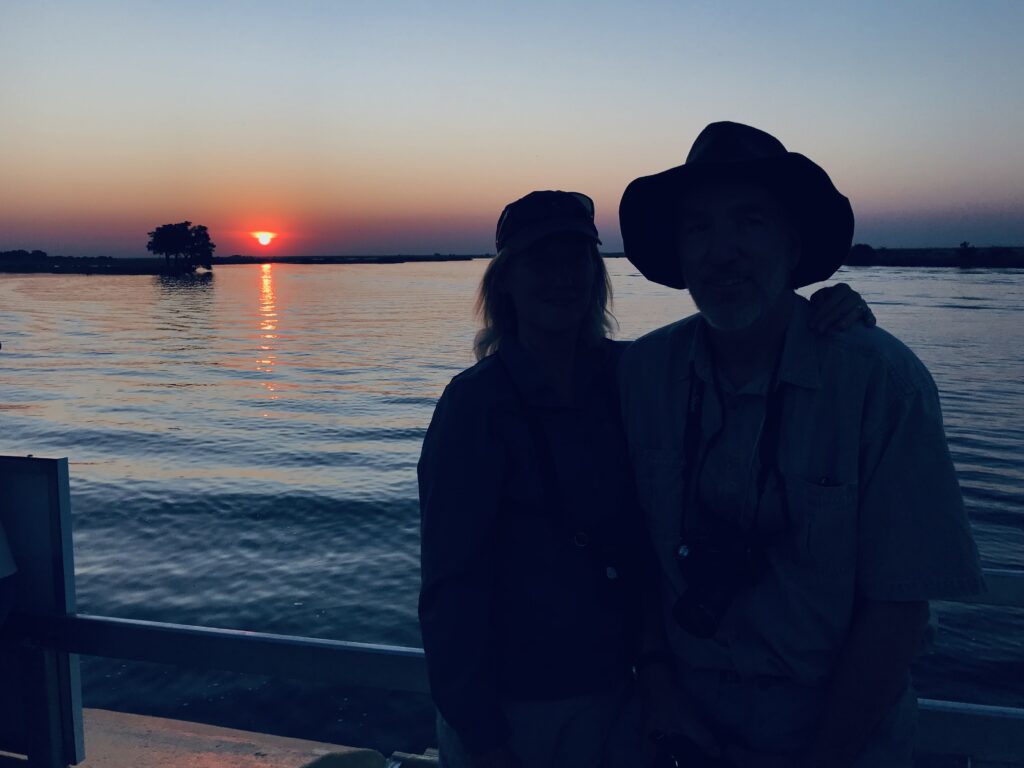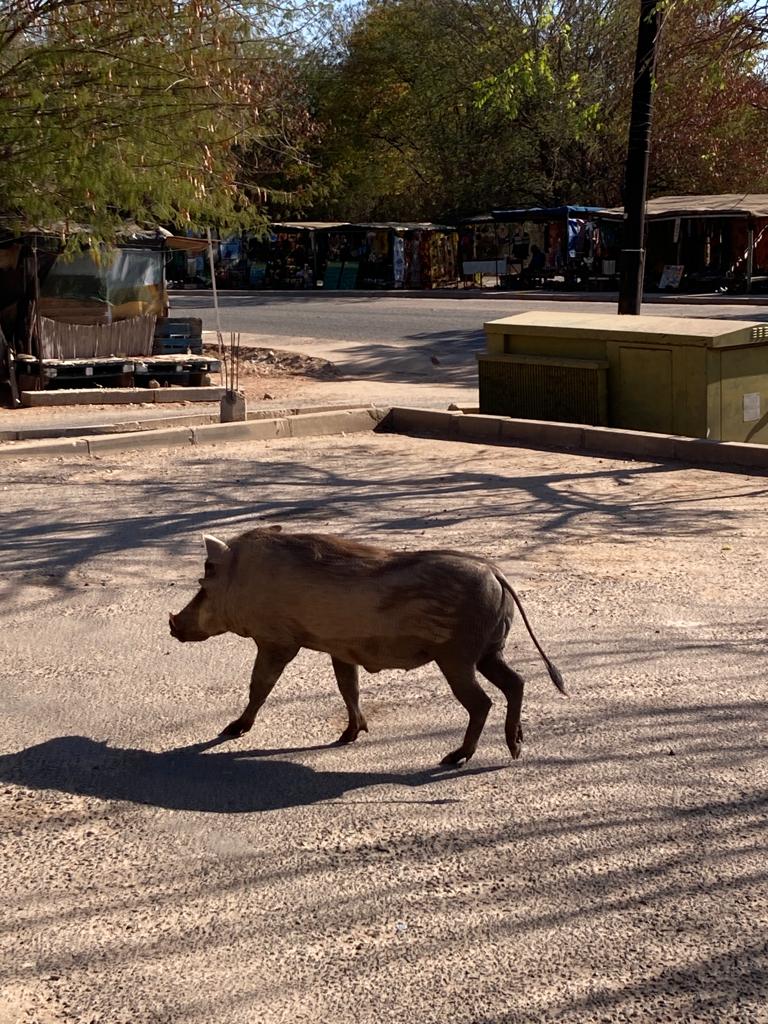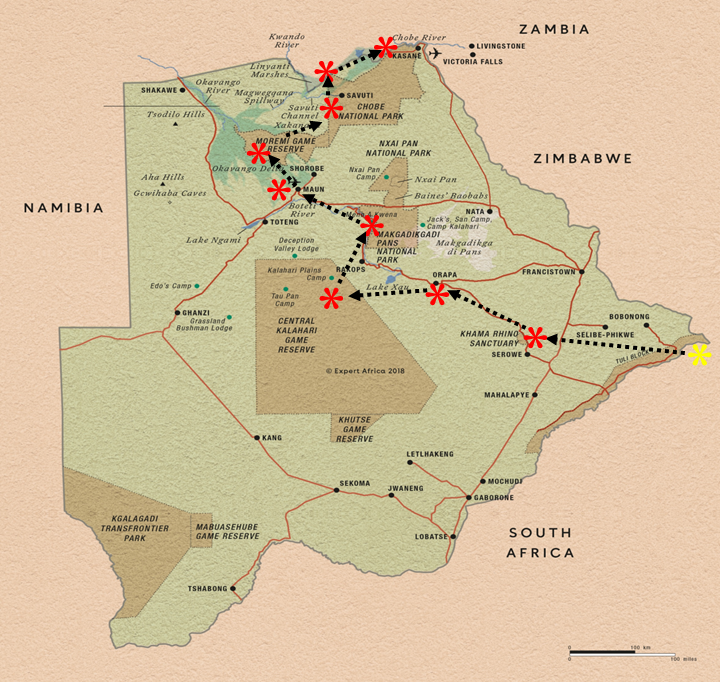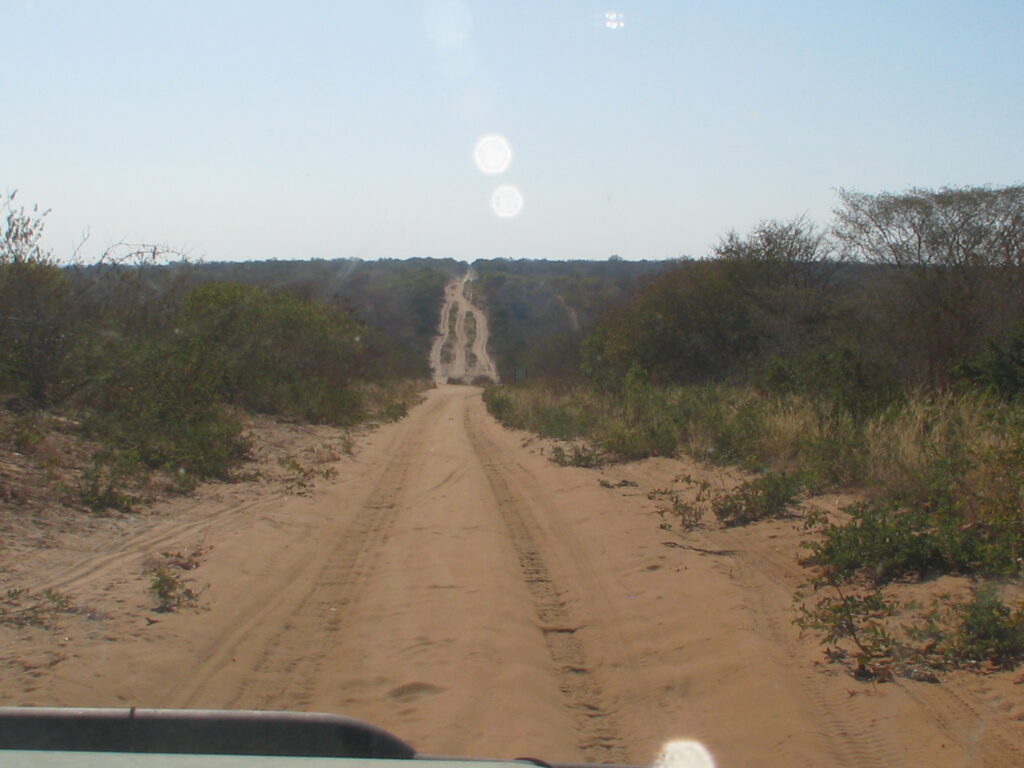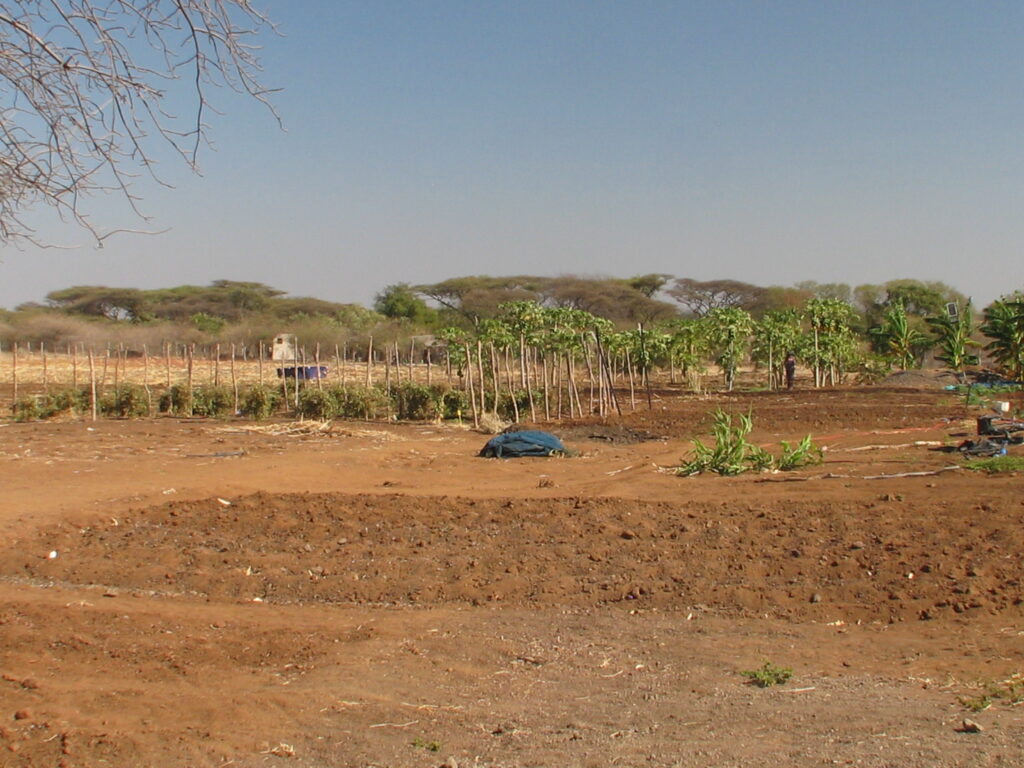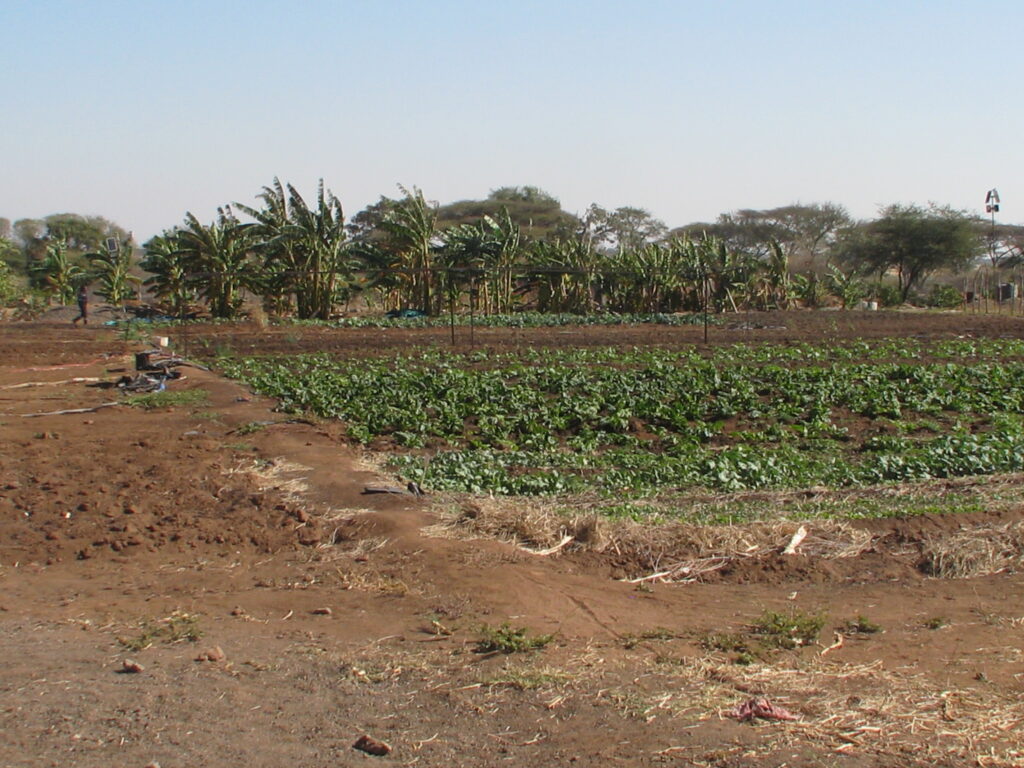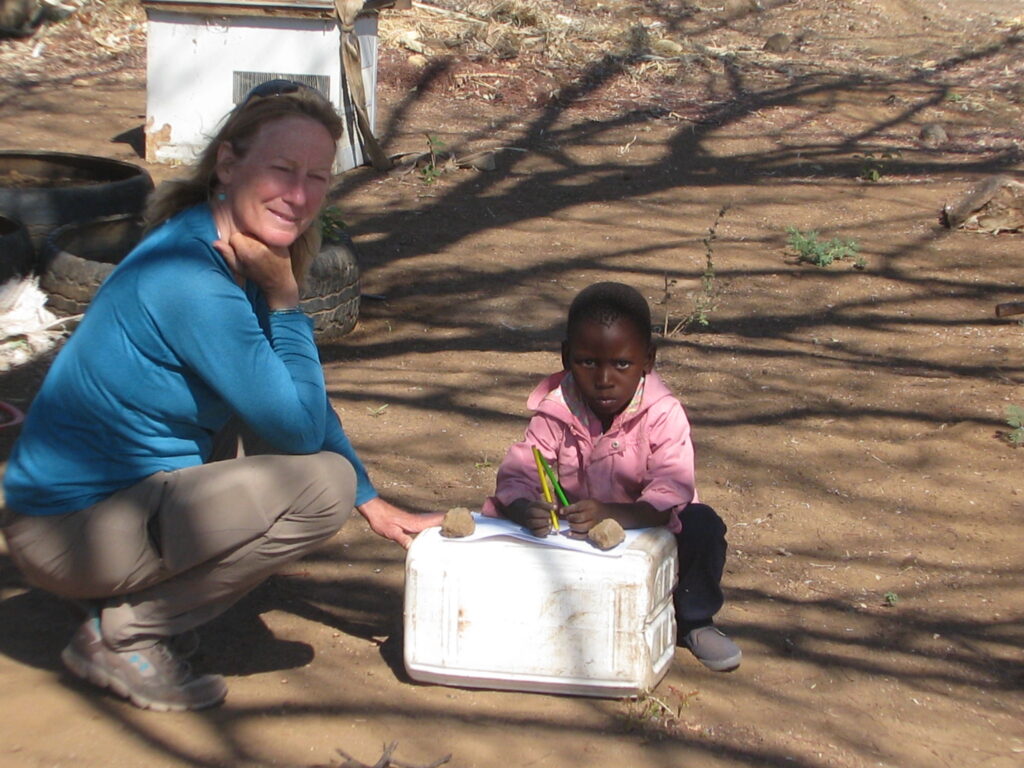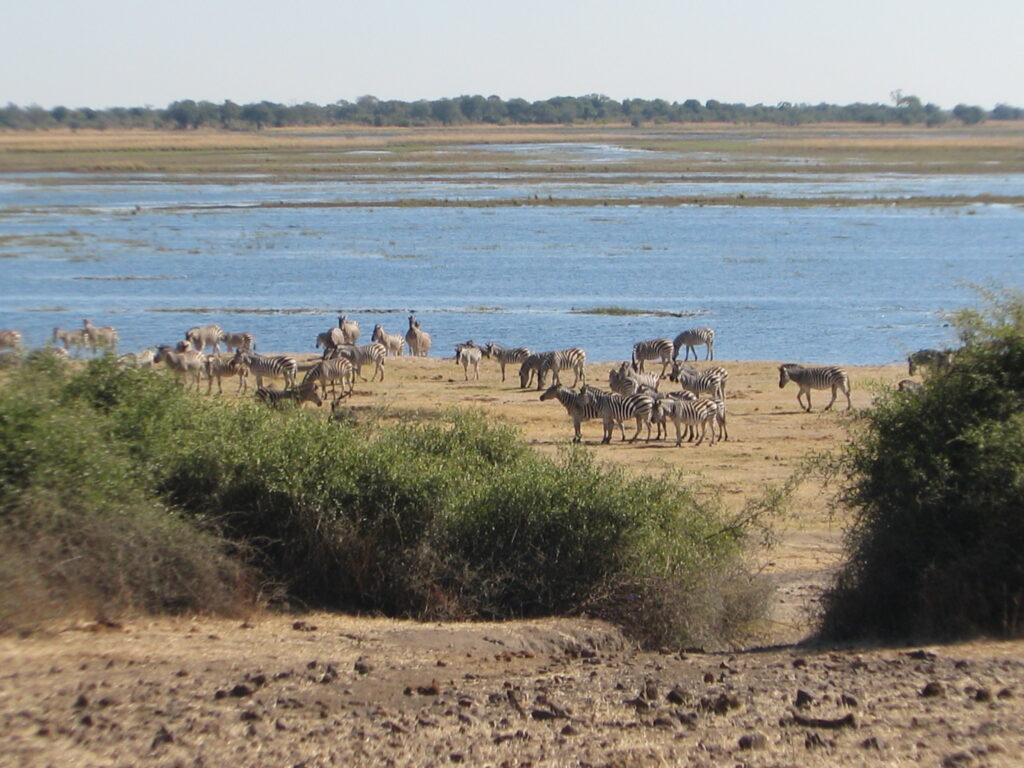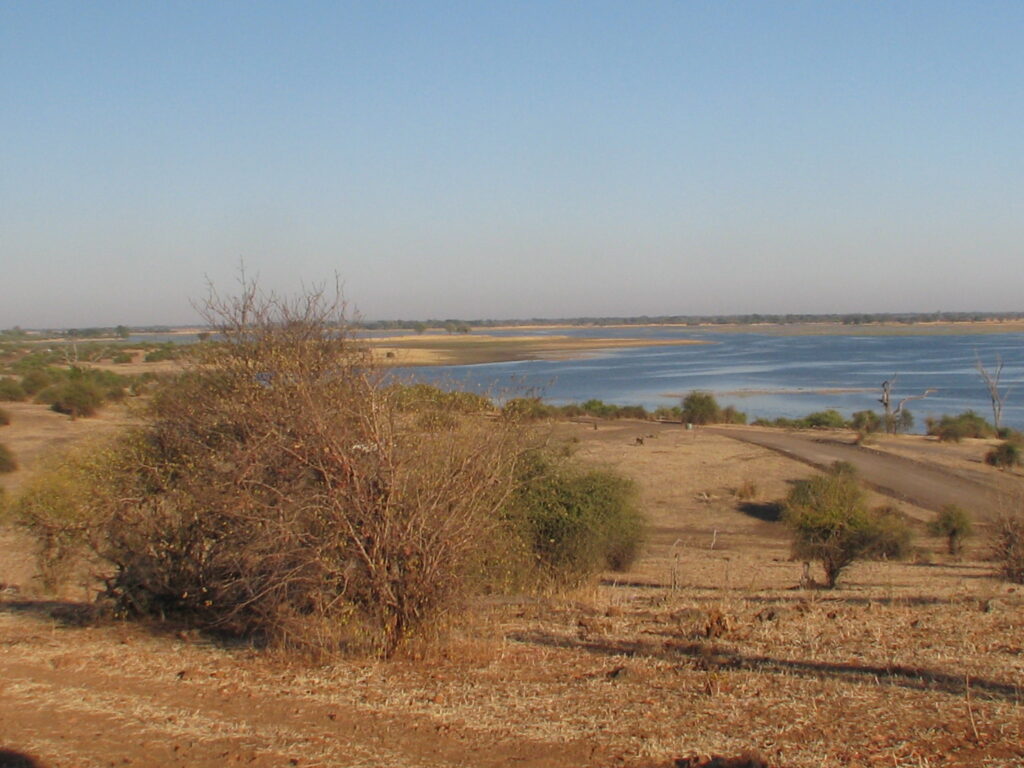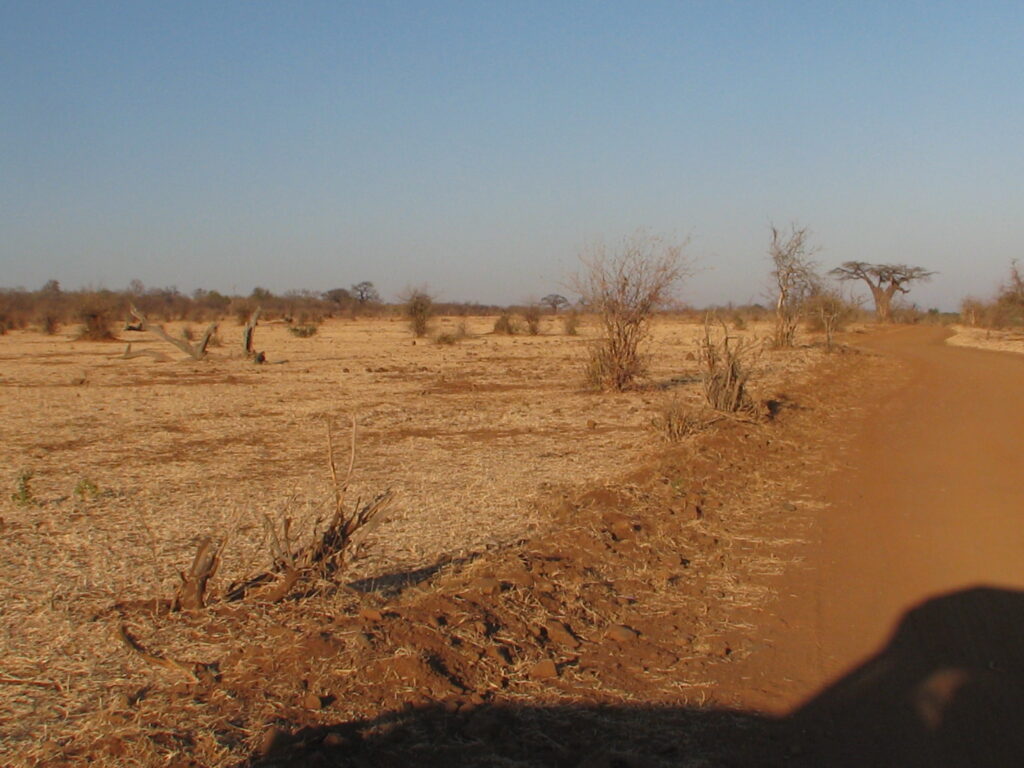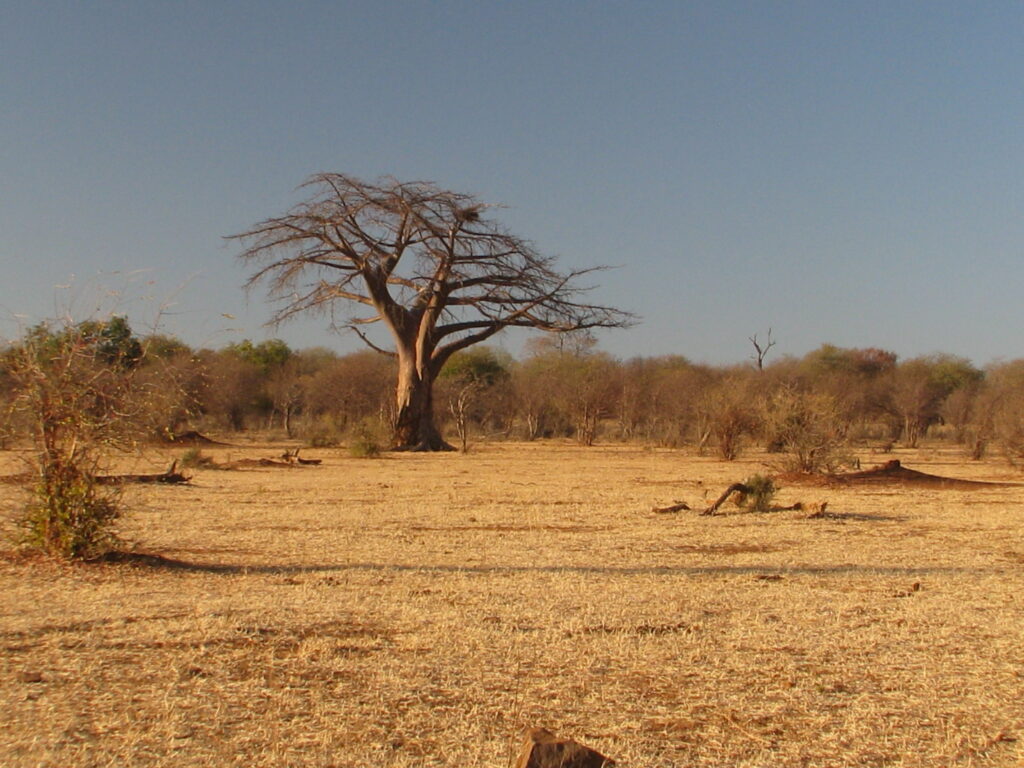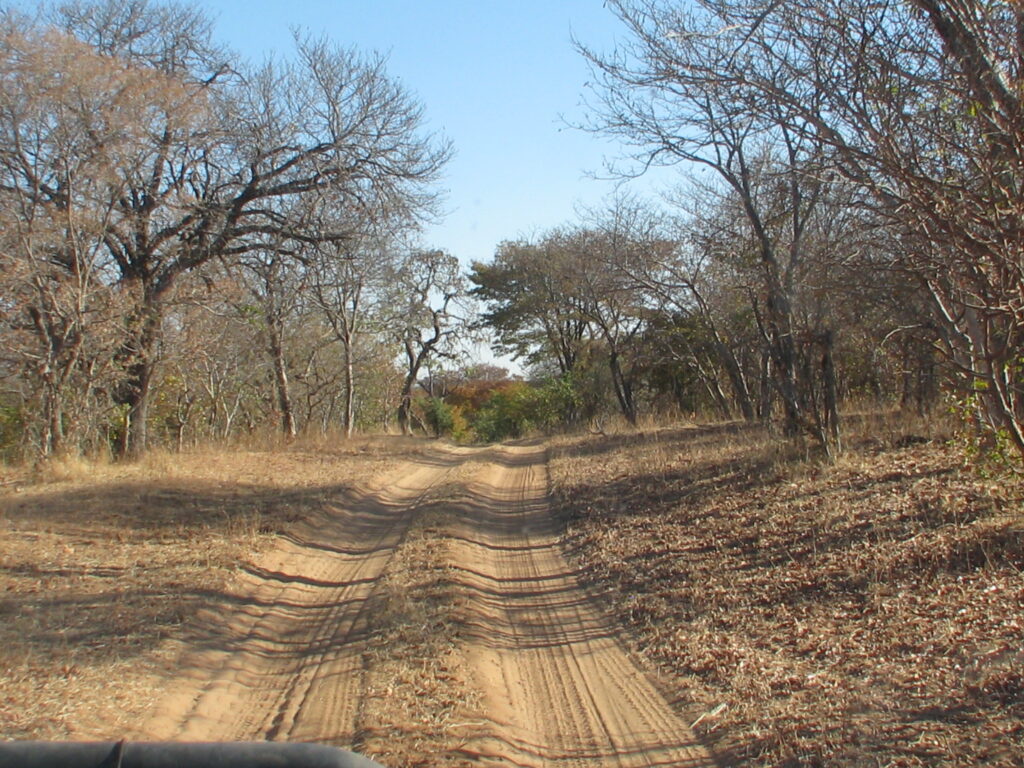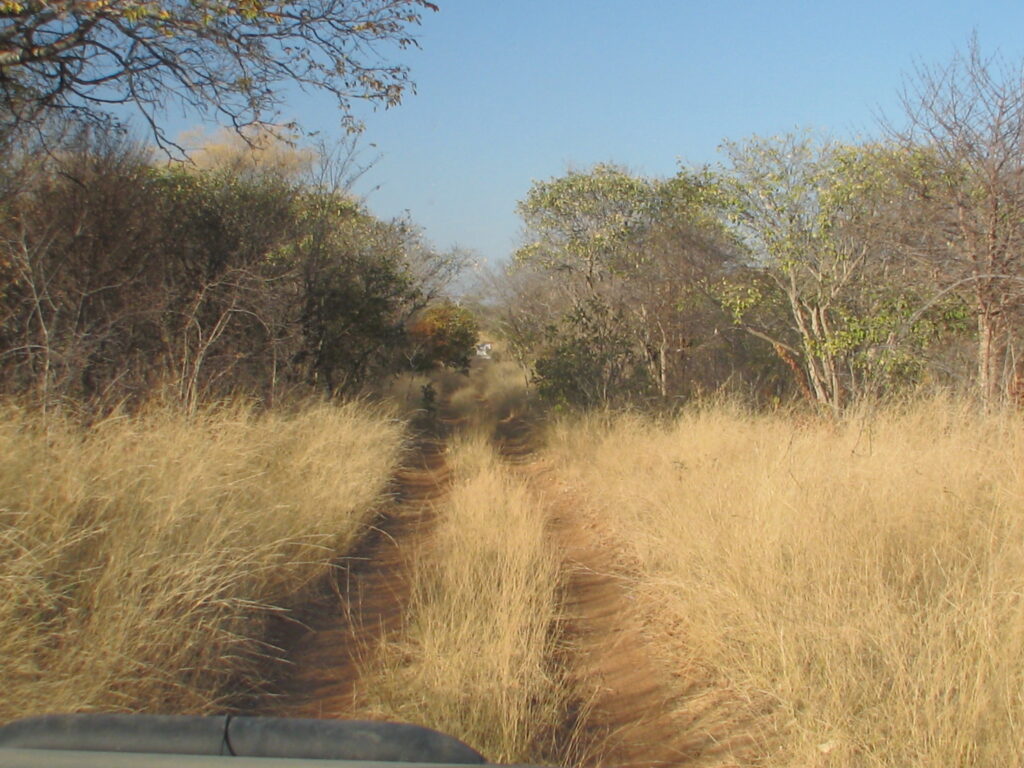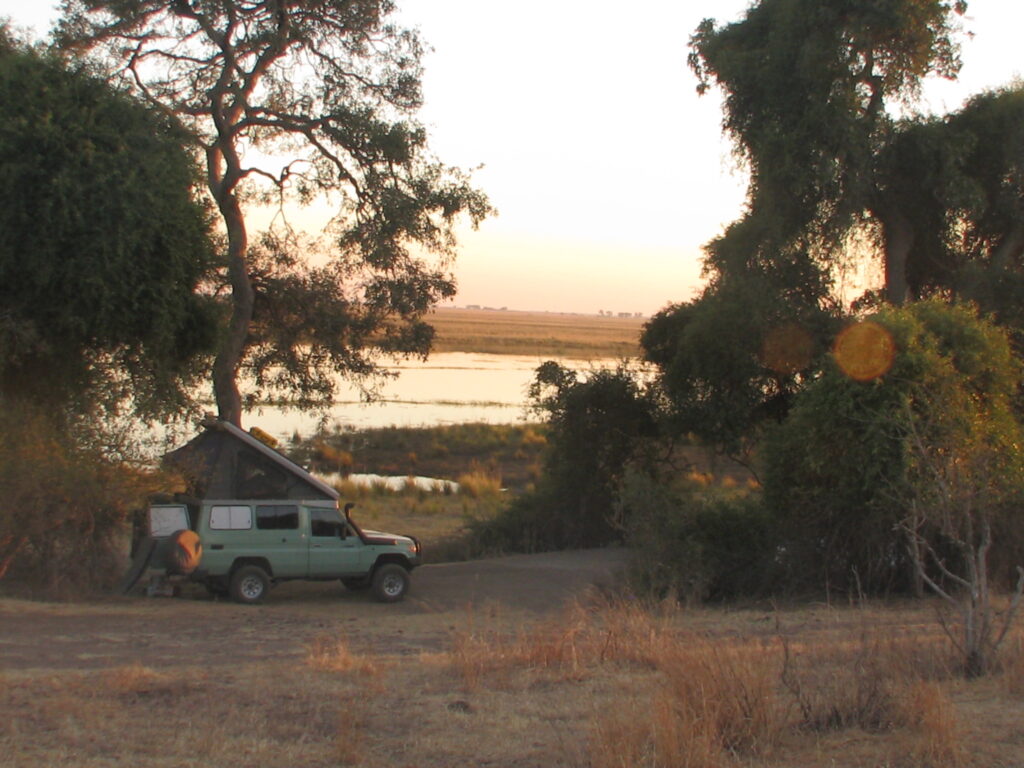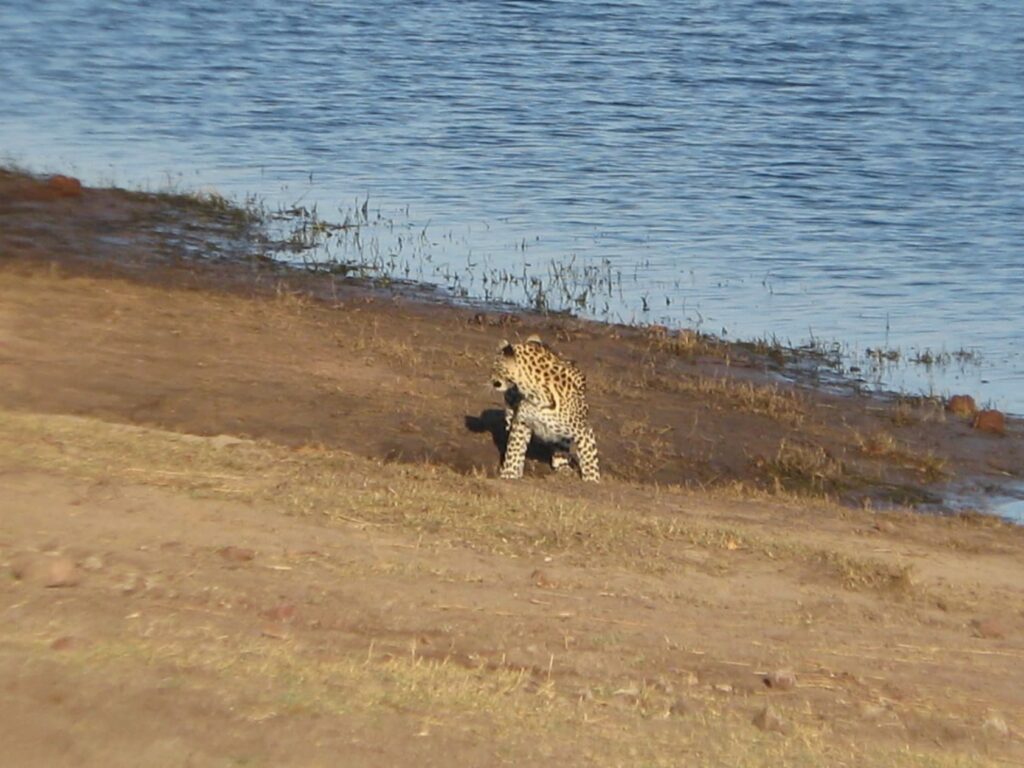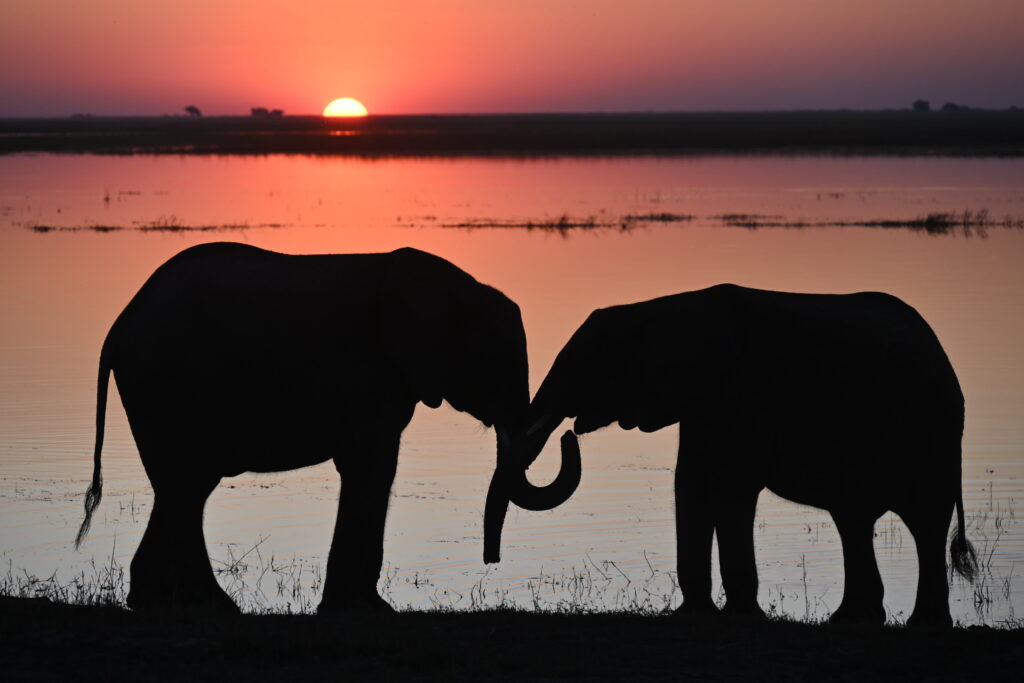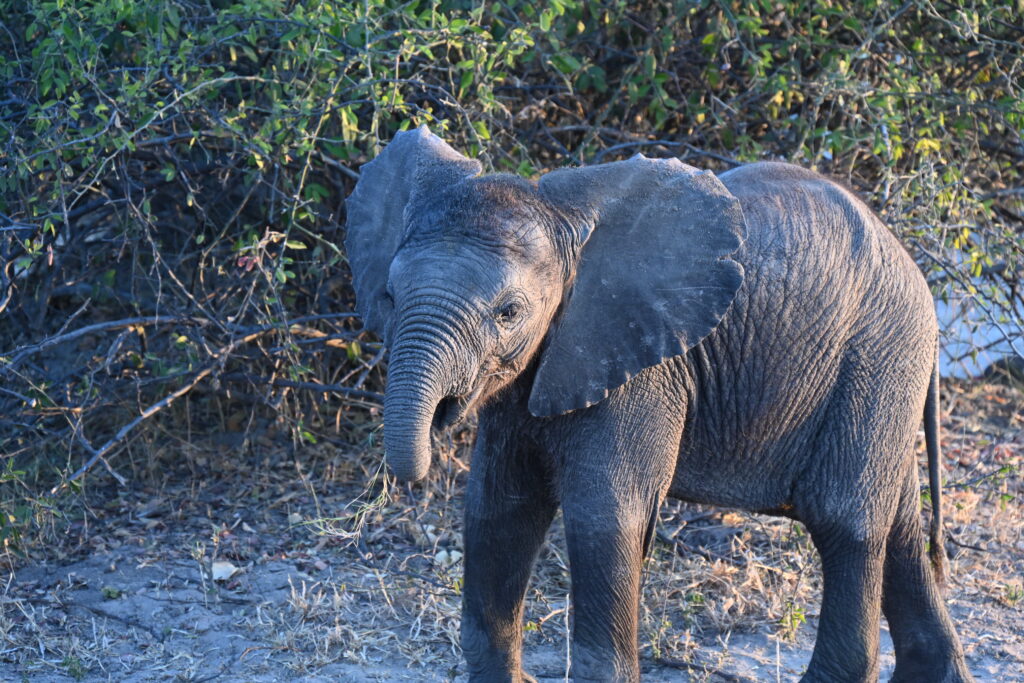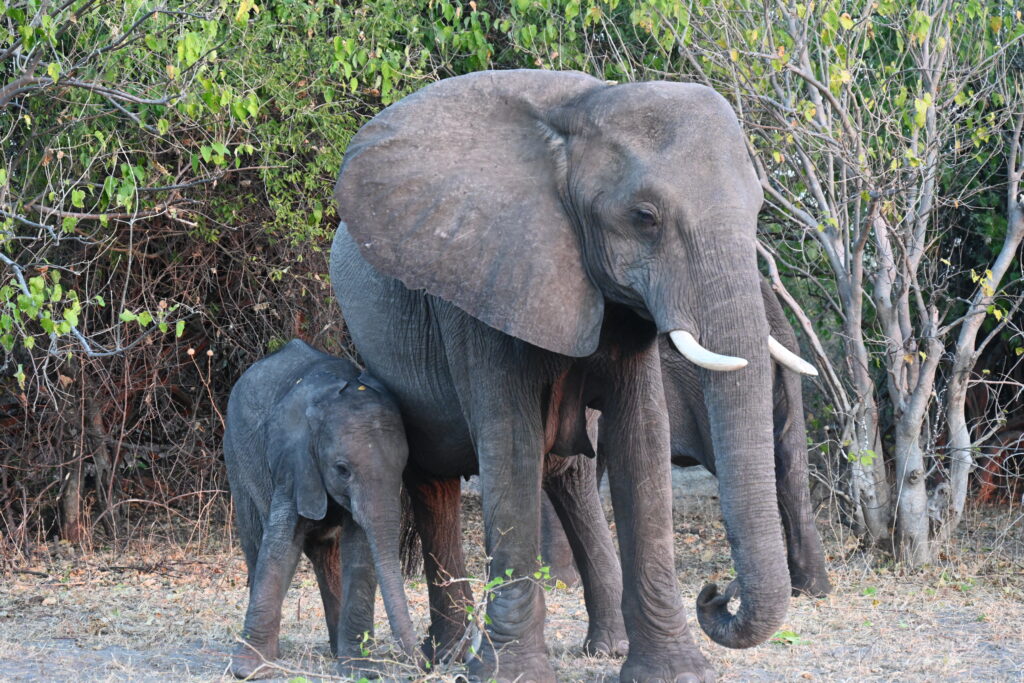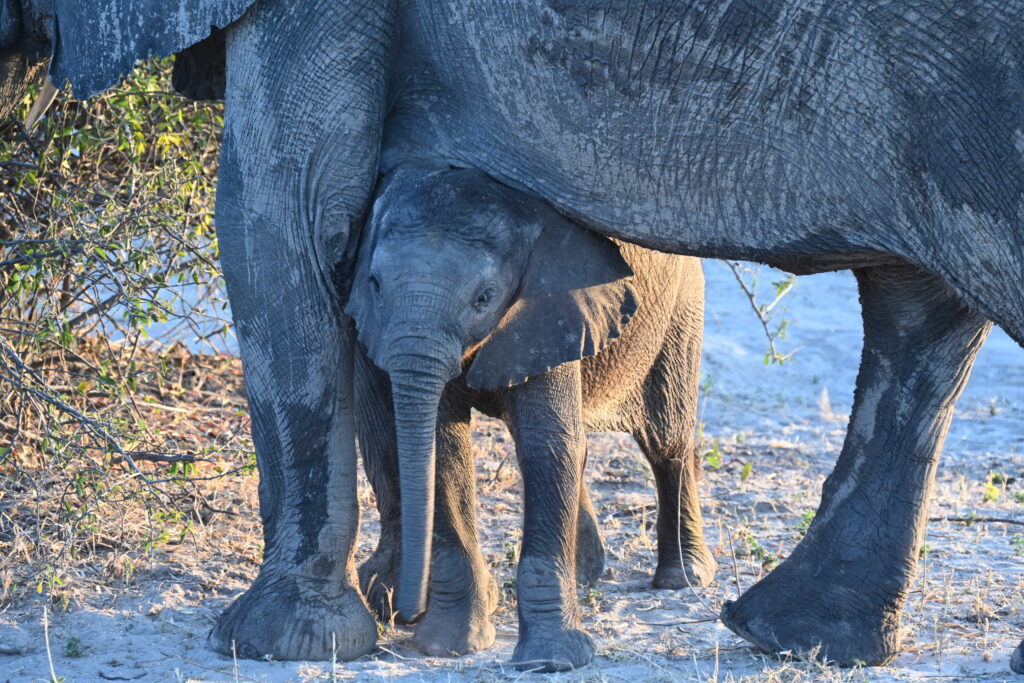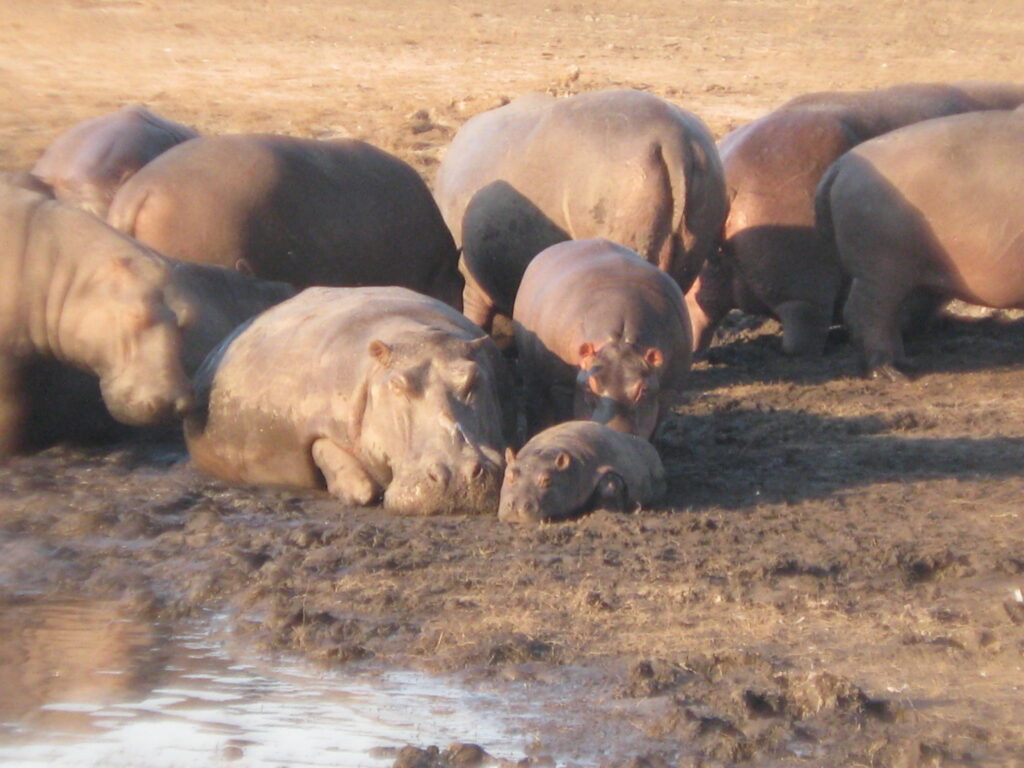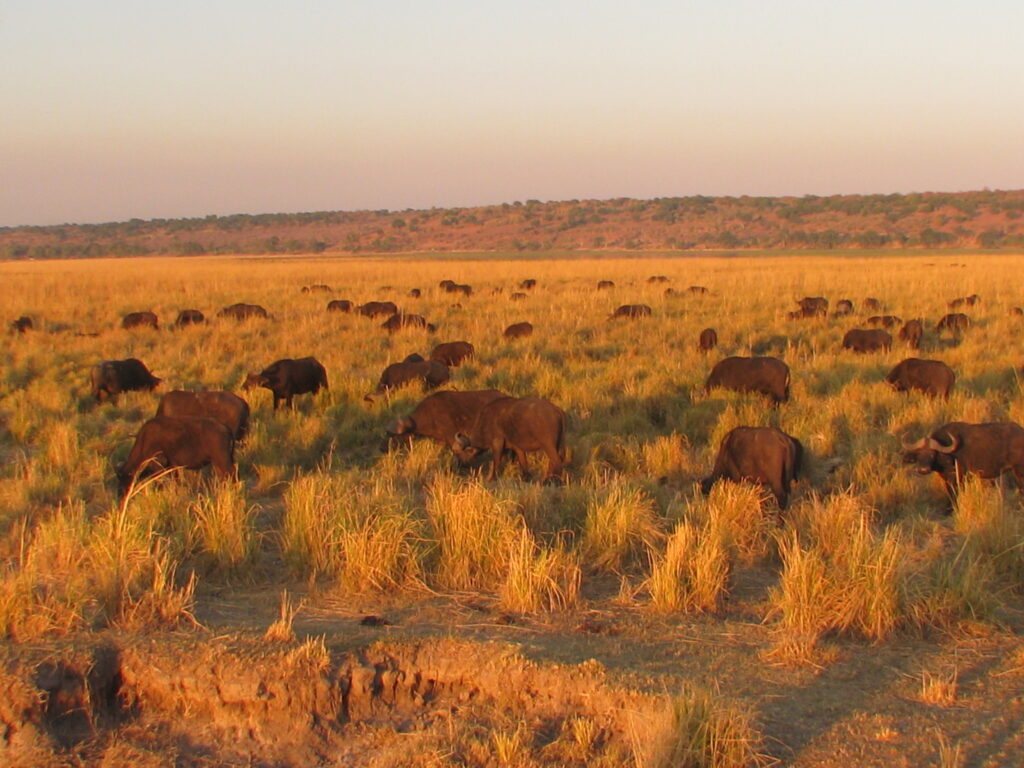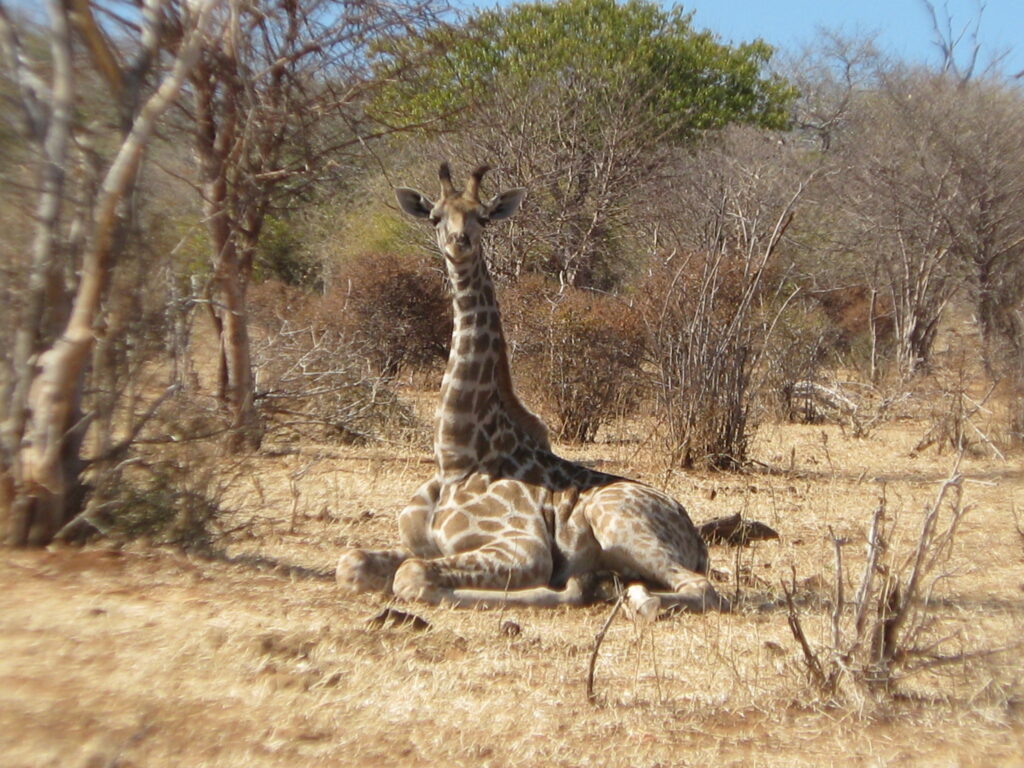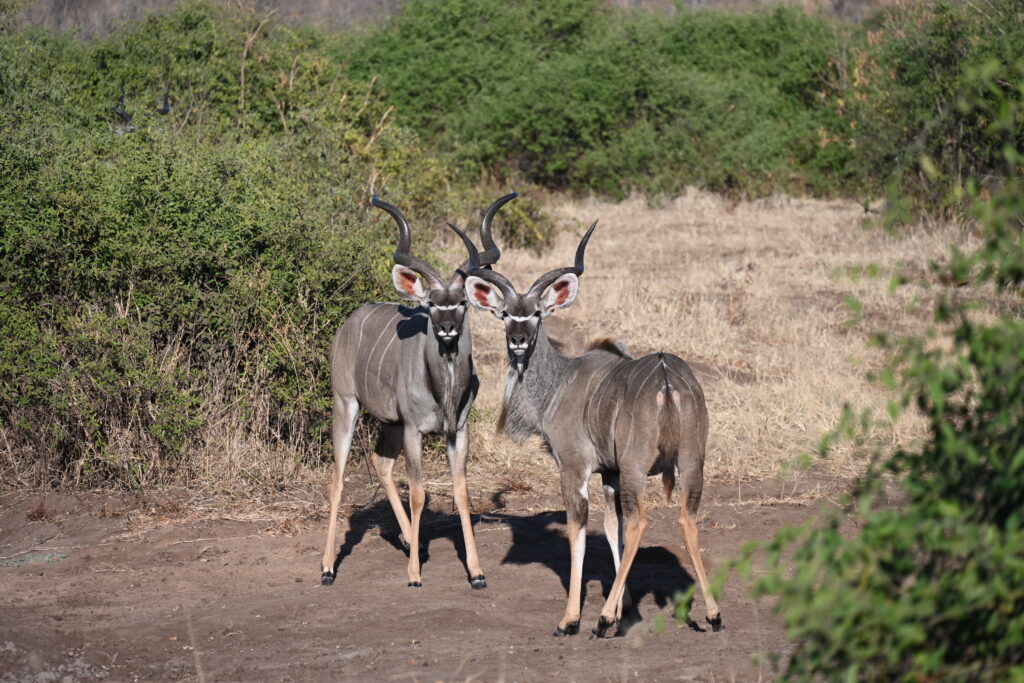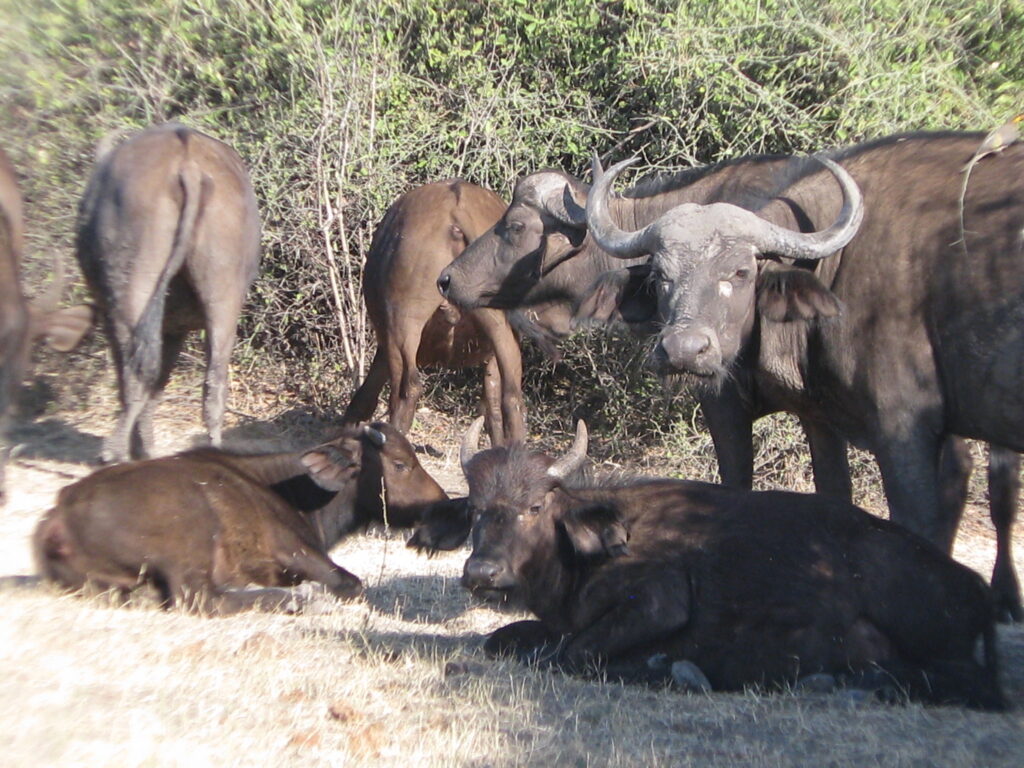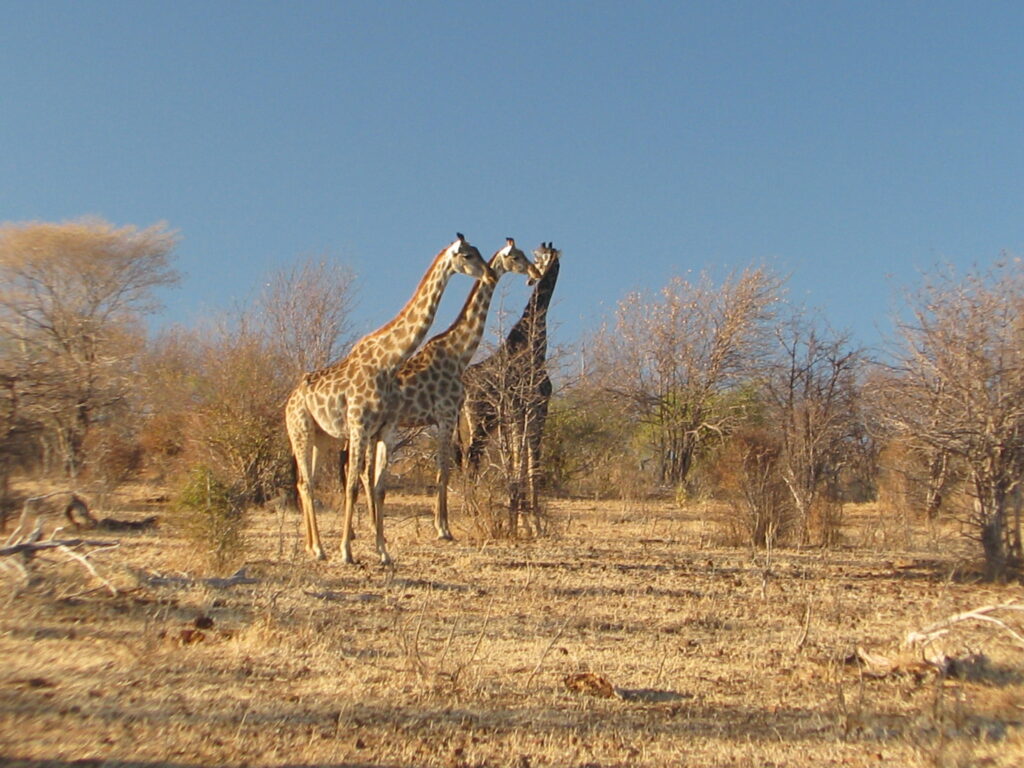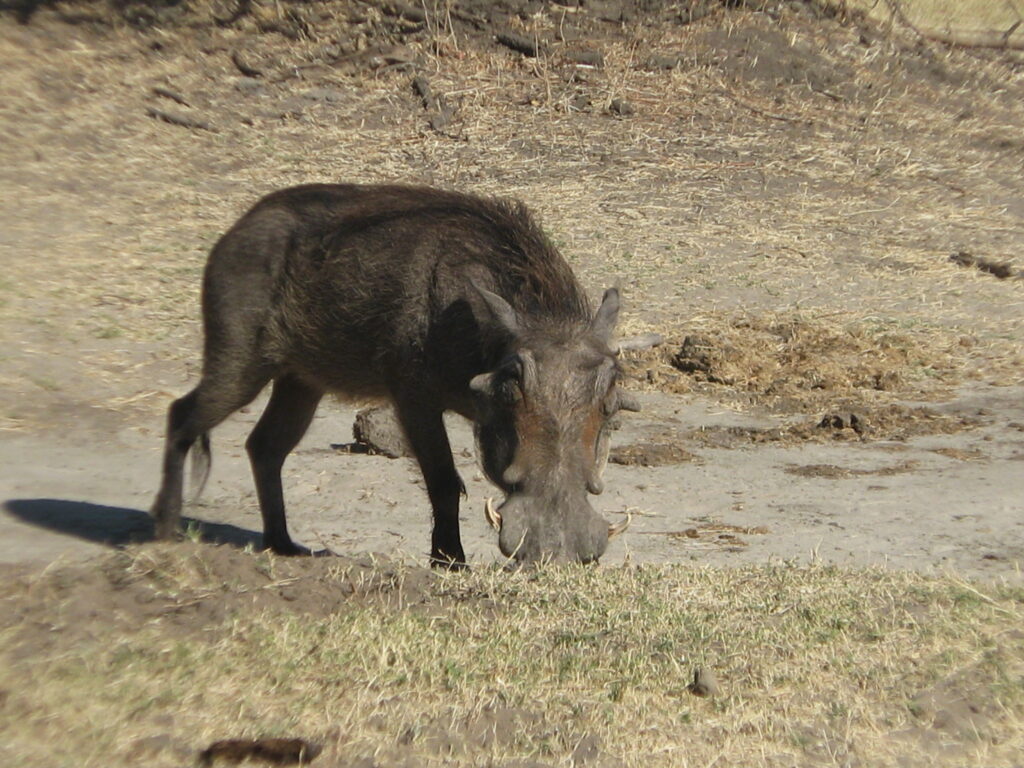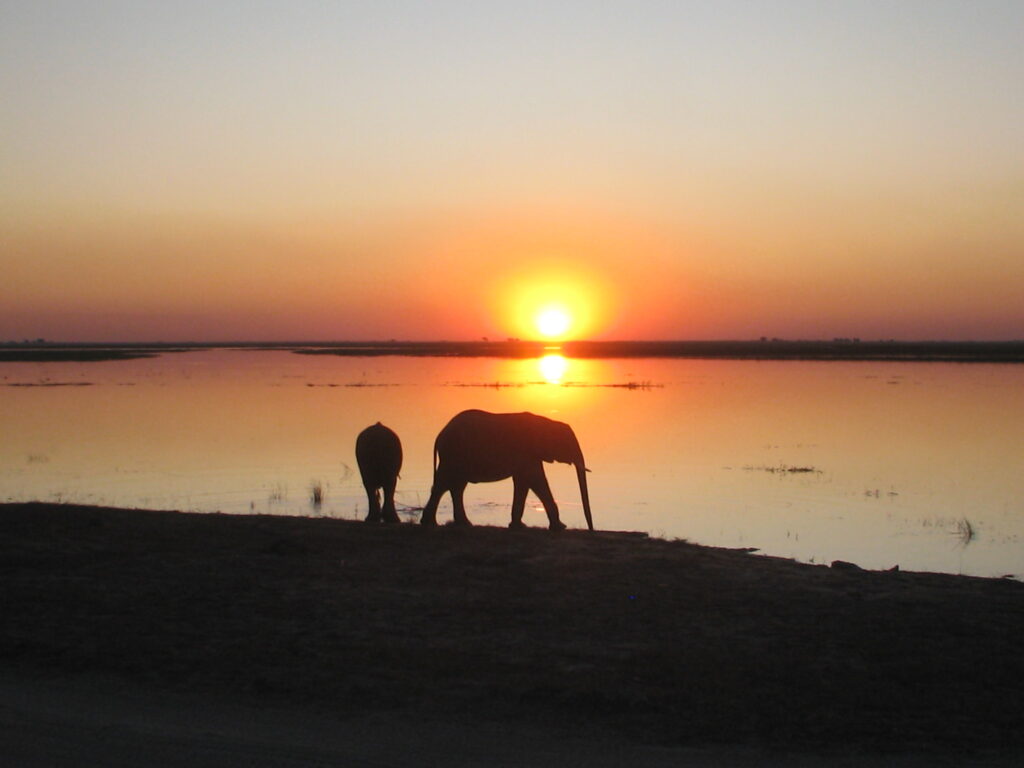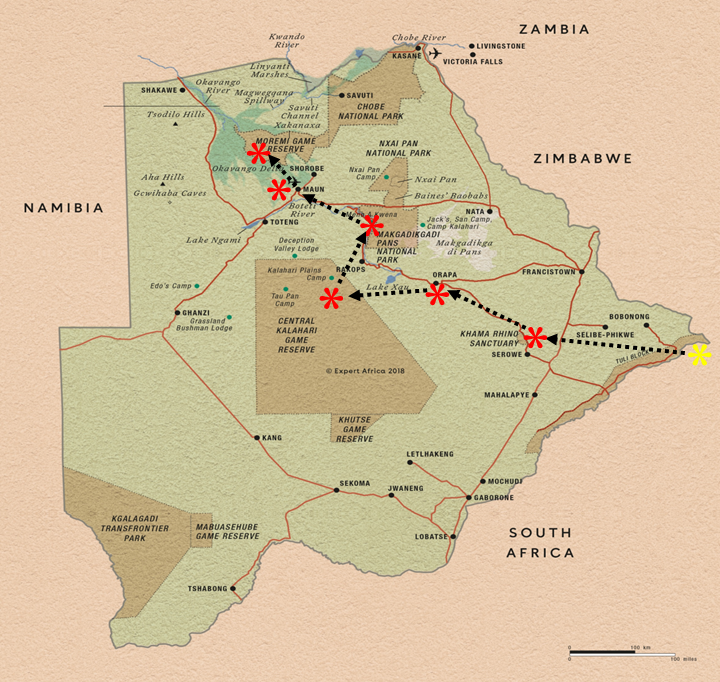As I leave behind Botswana, in the spirit of this “travel blog” and to be consistent with my post on driving South Africa, I want to share with you a few observations of Botswana from behind the wheel.
On a trip like this, especially given the time I have spent touring, shopping and getting things fixed, it is easy to end up with a lot of observations on traveling in country. Again, these are things that don’t really matter that much other than the fact that they occupy the inquisitive mind while on the road. I want to share a few of these ponderings with you just for fun, and especially for those considering a similar road trip.
#1. Road hazards. One of the most challenging things about driving the roads in Botswana is the many and varied road hazards. South Africa had the abundant and often hidden deep potholes that can destroy the vehicle of the unattentive driver, but Botswana had animals of all kinds on the roadways that can torment the unsuspecting driver. Worse among these were the donkeys, who stand on the edge of the road with their head or butt protruding out into the road ,or sometimes they are just standing in the middle of the road like statues oblivious to their mortality. You can literally drive past them at speed inches from their heads without them showning any signs of recognition of their potential doom. It is quite unnerving as a driver, because you are never really sure whether they will suddenly decide to move a bit as you drive past. And in case you are wondering, using the horn on the vehicle has absolutely no affect whatsoever, nor, as I discovered, does yelling profanities at them out the window as you navigate past them.
Second on the list of offenders would have to be the cows that usually cross the road in herds of dozens to hundreds at seemingly random places and at random times. One second they are grazing on the road edge and then suddenly one decides to cross the road and the others dutifully follow – again, oblivious to the oncoming vehicles. SO, when you spot cows up ahead on the road it behooves you to slow down and be ready on the brake – defensive driving at its most.
Third on the list of offenders would have to be goats, which exist in great numbers and are often crossing the roads. However, in contrast to their mammalian brethren that have larger brains, goats seem particularly intelligent when it comes to road crossing protocols. They usually look both ways before crossing and will pause when they see an approaching vehicle. SO, trust in your goats, but NOT their brethren.
Last on the list of offenders would have to be elephants; not so much on the highways, but on the dirt track game drive roads. Needlesstosay, it can be startling to round the corner on a track and out of the bushes steps a 2-7 ton elephant, tusks and all. And you better be prepared to brake and reverse if it happens to be a mother with a baby at her side or, worse yet, a baby on the other side of the road. Hitting an elephant would be perhaps the worse thing in the world. Not only would you destroy your vehicle but you would injure one of the great creatures on this planet. SO, if you you going to drive in Botswana, especially if inside the Parks, beware of elephants at all times.
#2. Sand, sand and more sand! Botswana is almost entirely underlain by the sands of the Kalahari, which can be as much as several hundred feet deep. So, it is rather obvious and not unexpected that you would be driving on sand a lot of the time. What is not so obvious, however, is the highly variable sand conditions. One minute you are cruising along on a fairly hard-packed sand and then suddenly you hit a patch of soft, deep sand and the vehicle groans and moans at the suddenness of the change in surface friction. Driving on soft sand, and especially variable sand, takes some experience. The keys are to keep your mementum at all times, keep up your engine RPMs, and, if you have to downshift, do it quickly and early before you actually need to downshift. If you master this, driving the Kalahari sands can actuallly be quite fun.
#3. Purchasing supplies. On an extended overland trip such as mine, it is inevitable that you will need to resupply and ocassionally purchase vehicle repair items. One of the most mind-blowing inefficiencies in consumer purchasing of all times is what you have to go through to purchase a item from a building supply/hardware/auto supply store, or any such store. To purchase, say, a nut and bolt from a hardware store, here is what you must endure. First, you must get help from an agent in the section of the store that has the item you are looking for. Note, you cannot seek help from any other agent in the store as they each have their assigned section and apparently there are strict rules for not violating the territory of the other agents with the same store. Next, the agent must fill out a request form for the item you want to go along with the item itself. Then you must take the form and item to another counter agent who prepares an invoice for the item. Then you take the invoice and item to the cashier who accepts payment and types up and prints a receipt for the item. Then you must show the receipt and item to a security guard at the door who carefully reviews the receipt and compares it to the item purchased and signs the receipt, even counting the individual nuts and bolts, before you can leave the facility. Then you must show the receipt and item to a guard at the outer gate, who also carefully reviews the receipt and item and signs the receipt, before you can actually leave the premises with your item – a nut an bolt! Now, I am not an economist or efficiency expert, but this seems a bit inefficient economically speaking. Perhaps this is why there are so few customers in these places of business and why these businesses don’t stay in business very long. However, this is the way ALL the businesses in Botswana conduct their retail business. Is this paranoid redundant security simply a works program to employ more people? Is it entirely motivated by paranoia over theft by the employees and/or customers? This I ponder, but cannot explain.
#4. Where are all the people? One of the notable things about Botswana is the comparative lack of people. Botswana only has a population of a couple million people spread out over a huge area, so I guess it is not too surprising that you don’t see many people except in the few villages and cities. Most of the driving in Botswana, at least outside the larger eastern cities of Gaborone and Francistown, is through vast uninhabited or very sparsely inhabitated landscapes. In part, this is because almost a third of the country is protected in Parks and Reserves, but it is also because the arid Kalahari landscape just can’t support high densities of humans. SO, if you like to be around people and developed places so that places of convenience and comfort are always close by, Botswana is probably not the place for you. On the other hand, if you like to drive through landscapes where you can spend more time looking off the road than at the road, then Botswana is an ideal place for you.
#5. Batswana friendliness. There aren’t that many Batswanans compared to other countries, but they are the friendliest people you could ever meet. Despite living in poverty, for many of them anyways, they always have a welcoming smile on their face and always seem pleased to meet you or just say hi. I haven’t met a Batswanan that wasn’t friendly and eager to welcome me. This is true for all the service people in the stores, camps, etc., as might be expected, but also for just random strangers passing on the street. And the children always have a big smile on their faces with bright white teeth – I’m so jealous. At no time do you ever feel threatened, unwanted, or resented because of our lucky draw in life. SO, don’t ever consider not coming to Botswana for fear or concern for your well being. They will certainly welcome you with open arms.
Overall, I really do love being “behind the wheel” in Botswana!

